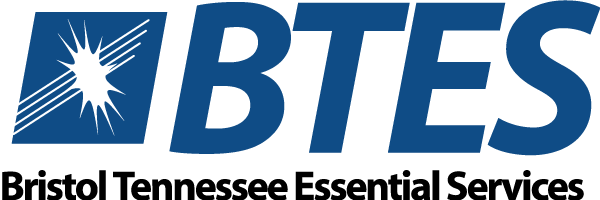The Internet: The Road to the World
Wednesday April 23, 2025.png)
By Cody Cornelius, Network Specialist
Have you ever taken a road trip to visit family or friends? Imagine you're heading to your brother's house in Chattanooga for a visit. You leave your driveway, take a few local roads before getting on the highway, and then hit I-81 for a few hours. I-81 turns into I-40, and I-40 turns into I-75. When you reach Chattanooga, you take an exit, drive down some more local roads, and finally arrive at his house. From your driveway to his driveway, you’ve traveled 190 miles, having never left the asphalt. Moreover, you traveled on a dozen different kinds and segments of roads, each maintained by different groups (TDOT, local municipal highway departments, the Federal Highway Administration, etc.).
Additionally, there isn’t only one singular path to your brother’s house. Because of the web-like structure of our roads, you can navigate around any number of detours and road closures to arrive there a different way.
In this analogy, the Internet is like our road system. The question “What is the Internet?” is a bit of a misnomer because it implies that the Internet is a singular physical thing. The Internet is really a massive network – both physical and virtual – that connects countless devices, allowing them to communicate with each other from virtually anywhere. Like our road system, the web-like structure of different Internet segments makes connectivity more reliable while also making it easier to expand or integrate new segments into it. Similarly, no single entity is responsible for all of the roads or all of the Internet. Instead, it is many organizations, each responsible for maintaining their specific segment by adhering to international guidelines and standards set to ensure smooth transport between them.
Let’s bring the analogy all the way home now. Let’s say that instead of driving to visit your brother, you decide to Facebook video call him using your BTES Internet connection. It starts at your router, which is like your driveway in the analogy. Your router sends the video call to BTES’ network over our fiber optic cables. Seeing that your call is for Facebook, we then send the video call off our network to Boca Raton, Florida, where Facebook hosts that service. On its way there, it passes over several different Internet segments, potentially even re-routing around links or “closed roads” on its way – all automatically! Facebook notifies your brother through his phone app that you are calling. He accepts, opens a connection similarly to how you did, and now you are face-to-face!
While video calling your brother over BTES’ fiber optic network might not be a perfect substitute for an in-person visit, it sure is faster! And in the modern world of connectivity and communication, sometimes it’s good to have that option.
Get the latest to your inbox!
Enter your email below.
